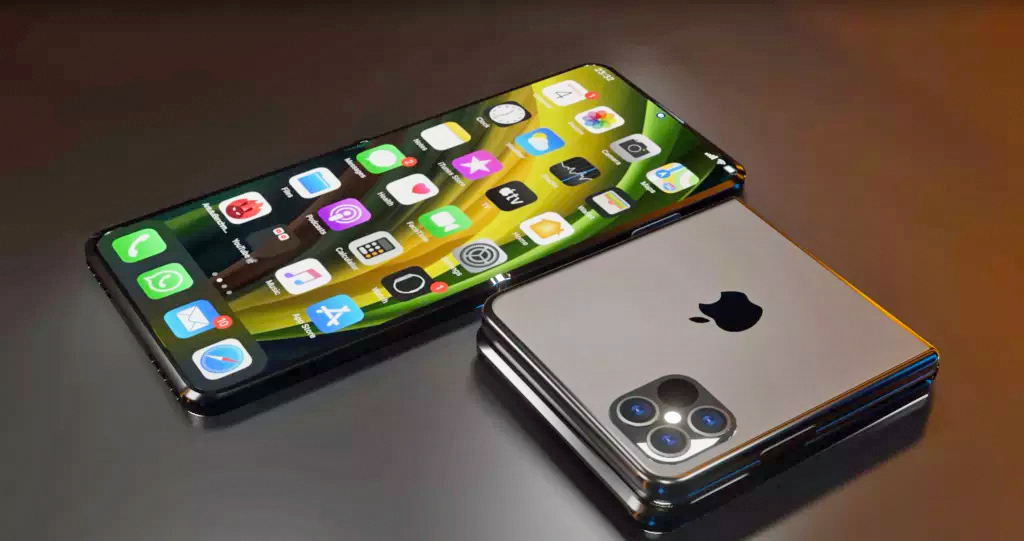
There’s a recent report that hints to Apple pausing development of its foldable iPhone due to quality assurance concerns around the screens breaking during its testing. Rumors about an iPhone Flip have been teasing us on how Apple could be entering the foldable phones space, but it looks like it could be a long while before it comes to fruition. Its rivals, on the other hand, have been releasing and refining their foldable phones — and benefiting from consumer interest.
Even if Apple is hitting the brakes on a foldable iPhone for now, it shouldn’t be a cause of concern because the company can’t afford to release just any foldable phone — but the best one ever. Historically speaking, Apple’s no stranger to letting its competition strike first in a new product category. Remember how MP3 players were around long before the iPod? Or perhaps how Apple’s revolutionary iPhone came out years after the first string of smartphones?
It’s this approach that has allowed Apple to not only succeed with its product launches, but to also dominate the competition. In being more meticulous around the development process, Apple could succeed in making the ultimate foldable phone. Here’s how.
Crease-free foldable display
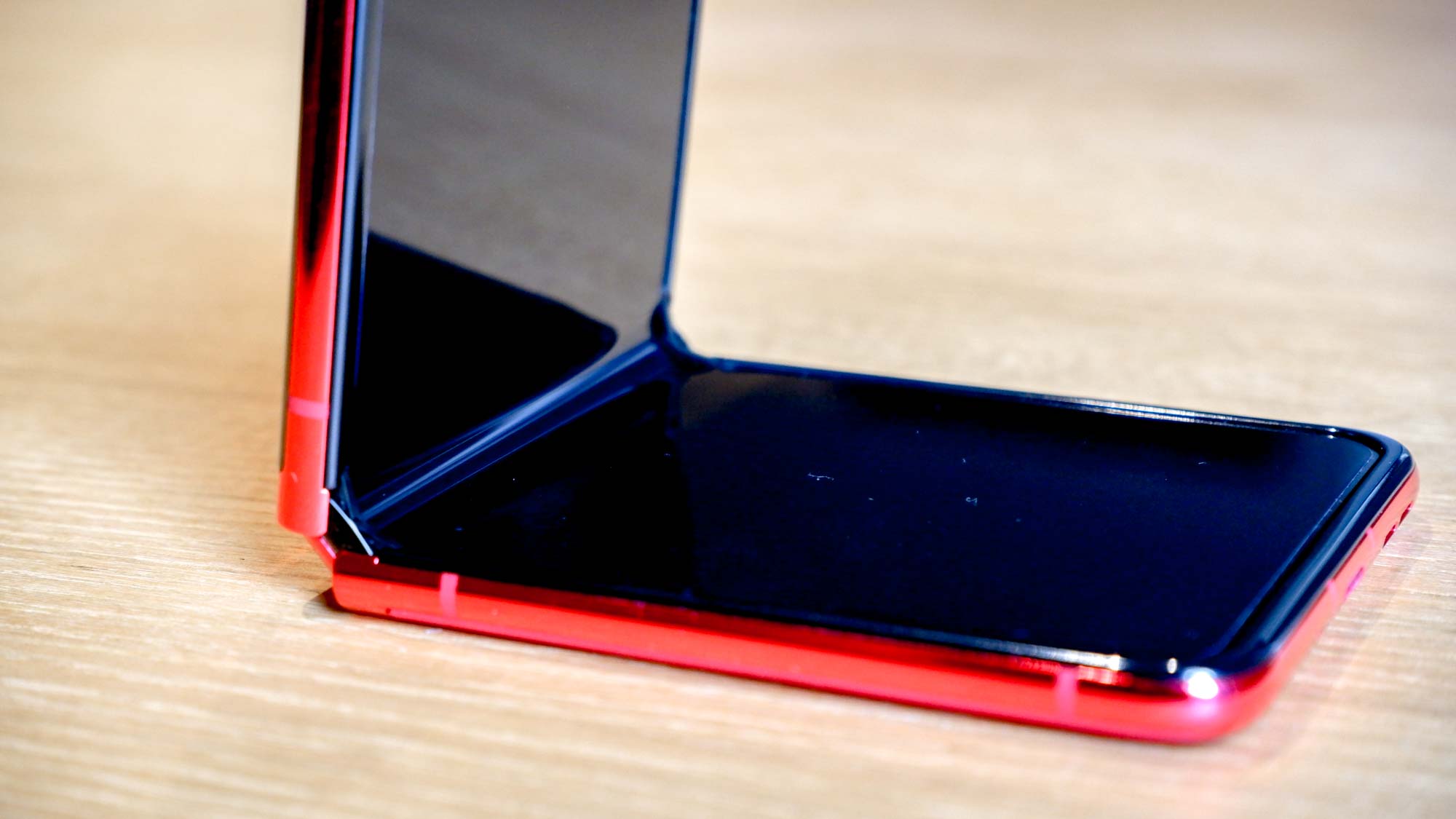
Last year’s batch of foldable phones proved that gapless hinge designs were obtainable, but the next challenge would be to develop a crease-free foldable display. Creases are still very much a glaring aesthetic with today’s foldables, with some models doing a better job than others in making it less apparent — like the OnePlus Open and Oppo Find N2 Flip.
That’s why an iPhone foldable phone needs to have a crease-free foldable display. Not only would it be a visual win, but it would drive a point to its rivals that Apple’s foldable iPhone is more premium than anything else before it. Functionally, a crease-free display could also make the interaction feel more seamless across the panel.
Bring a telephoto camera into the fold
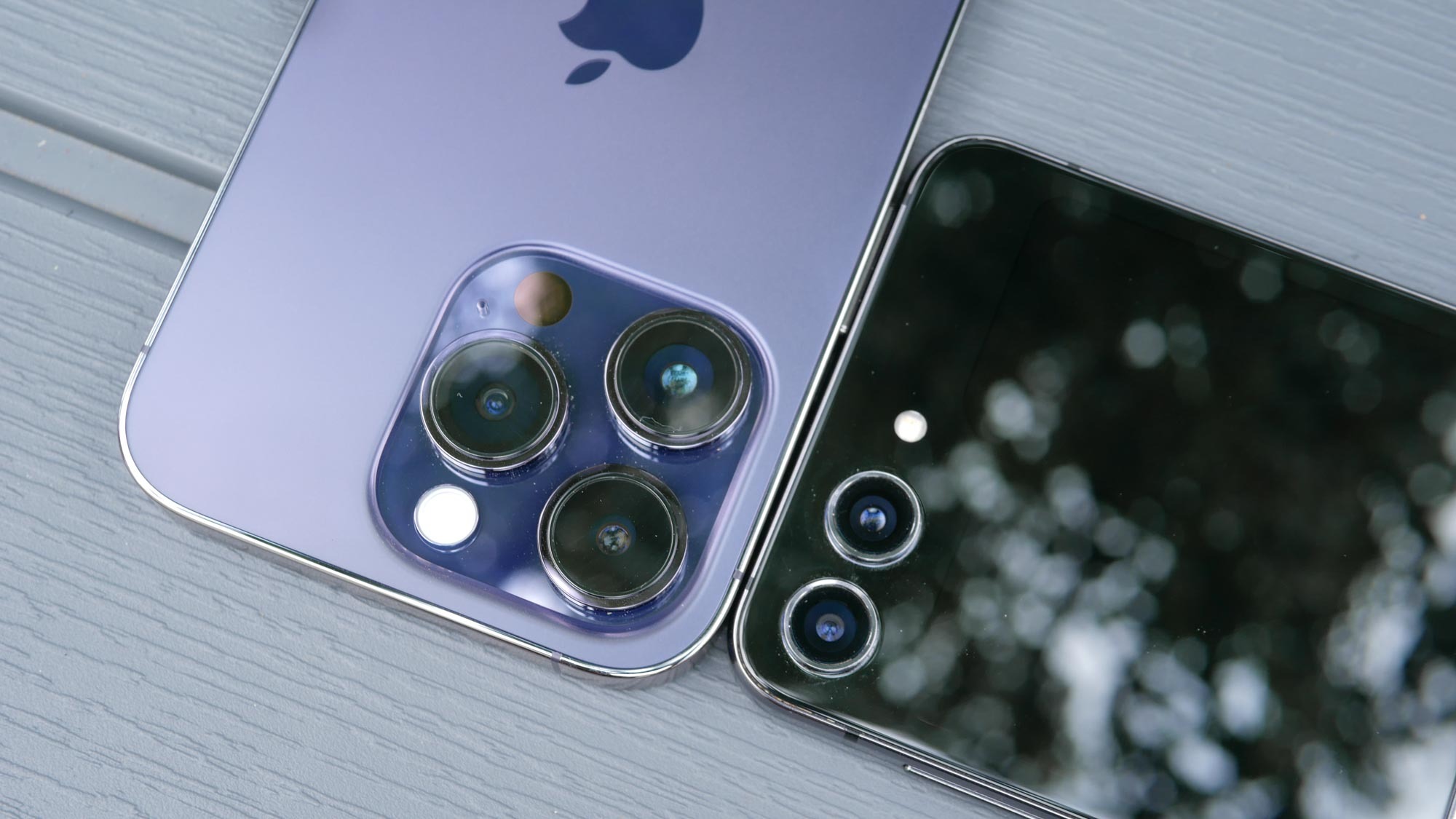
Presumably we’ll get a flip-style foldable iPhone first. If that’s the case, one big way Apple could make its foldable phone succeed more is by adding a telephoto camera. Flip foldables such as the Motorola Razr+ and Samsung Galaxy Z Flip 5 have dual cameras: a main camera paired with a wide angle one.
By adding a third camera with telephoto capabilities, say a 3x optical zoom, it would greatly boost the phone’s utility by covering more of the zoom range. There are complications to this, which could impact the thickness of an iPhone Flip, but it would prove to consumers that a triple camera arrangement can be feasible in this kind of foldable.
Make a Dynamic Island outer screen
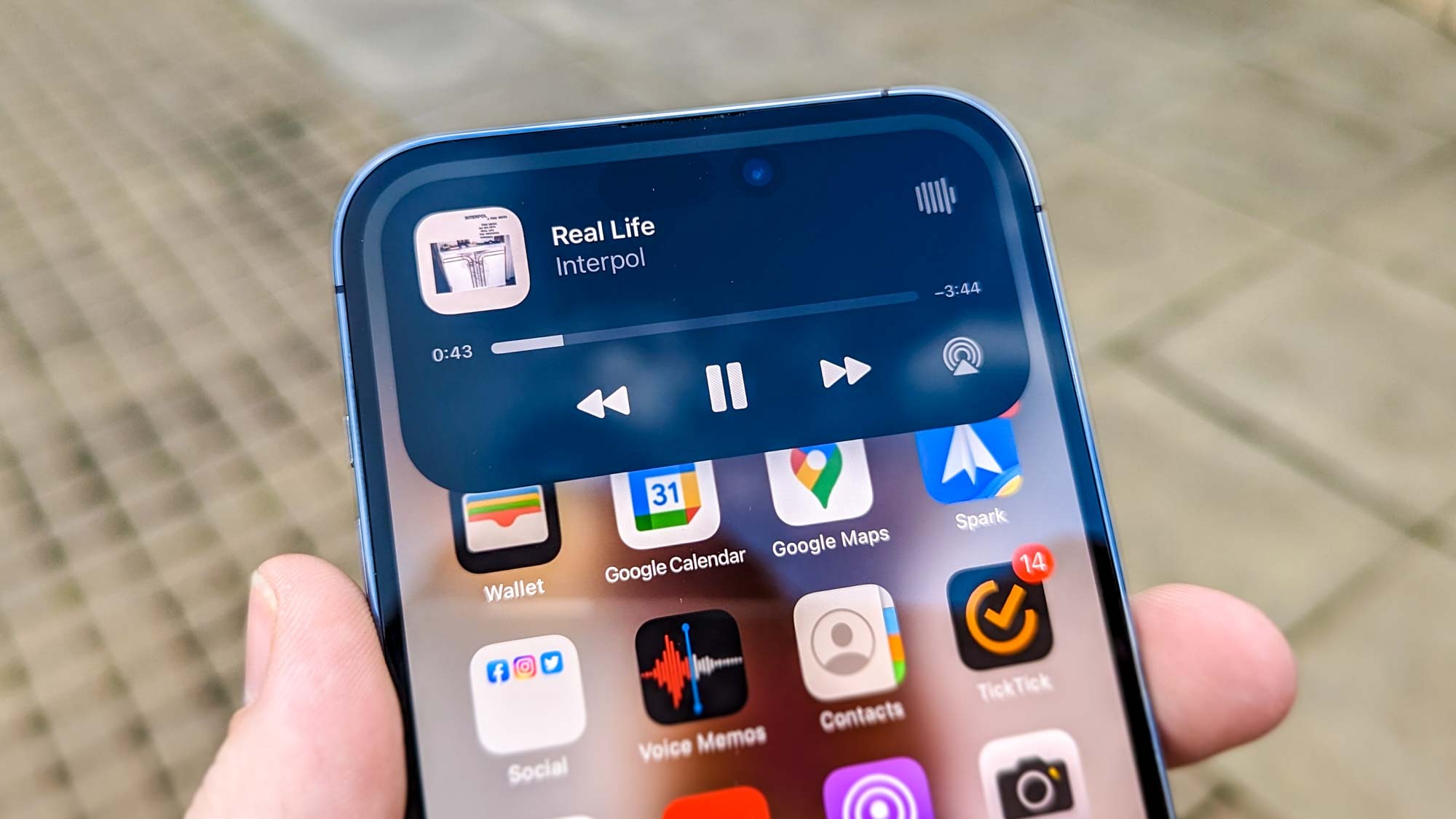
The Dynamic Island in Apple’s iPhones serves an important function of containing notifications and Live Activities, but it could be a key selling point for an outer screen in an iPhone Flip foldable phone. Even if Apple is reportedly working on a totally different foldable phone design, we think an outer screen that functions much like the Dynamic Island would boost how it functions when closed.
Rather than simply resizing current iOS apps to accommodate a smaller screen, Apple could already tap into how some apps appear as mini players and Live Activities in the Dynamic Island. Users would then still be able to interact with their favorite apps in an intuitive way, all without the need to open the phone.
True side-by-side apps multitasking
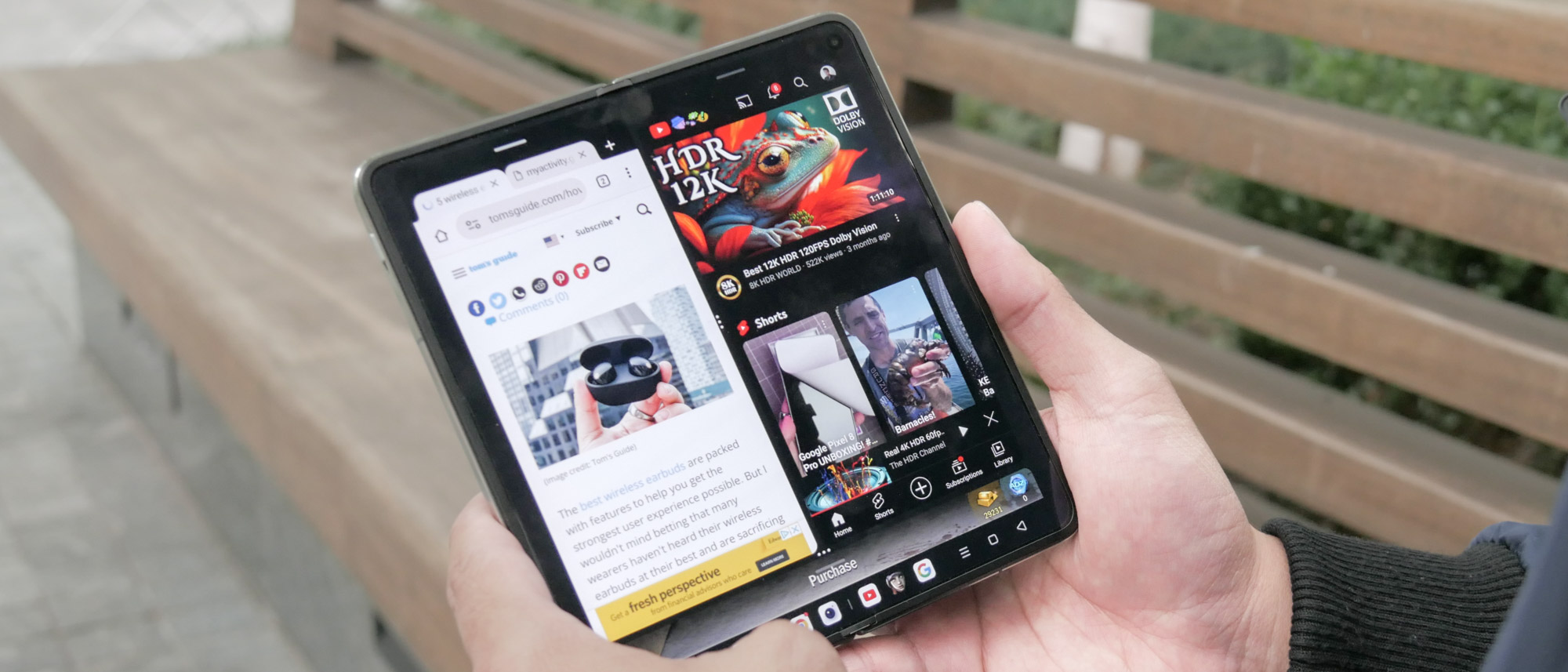
Strangely enough, Apple has yet to bring true side-by-side multitasking to its iPhones — forcing users to rely on apps switching instead. This has become the norm for many, but an iPhone Flip would need to evolve the experience by finally adding side-by-side apps multitasking. Although this is common and makes more sense among book style foldables, like the Z Fold 5 and Pixel Fold, it's offered in some flip phone style foldables as well. It simply would enhance the way productivity is handled on an iPhone Flip.
Hardware-wise, this would require more RAM to handle the resources needed to keep two apps running in memory — along with a mighty chipset to handle them. Apple would also need to iterate the software too because new gestures would be needed to perform actions between two apps. For example, dropping and dragging a photo in the Camera Roll to an email.
In any case, many of the native apps would also need to be optimized in such a way if this iPhone Flip were to be halfway folded (much like the camcorder Flex Mode on the Galaxy Z Flip 5).
Sleek, premium design
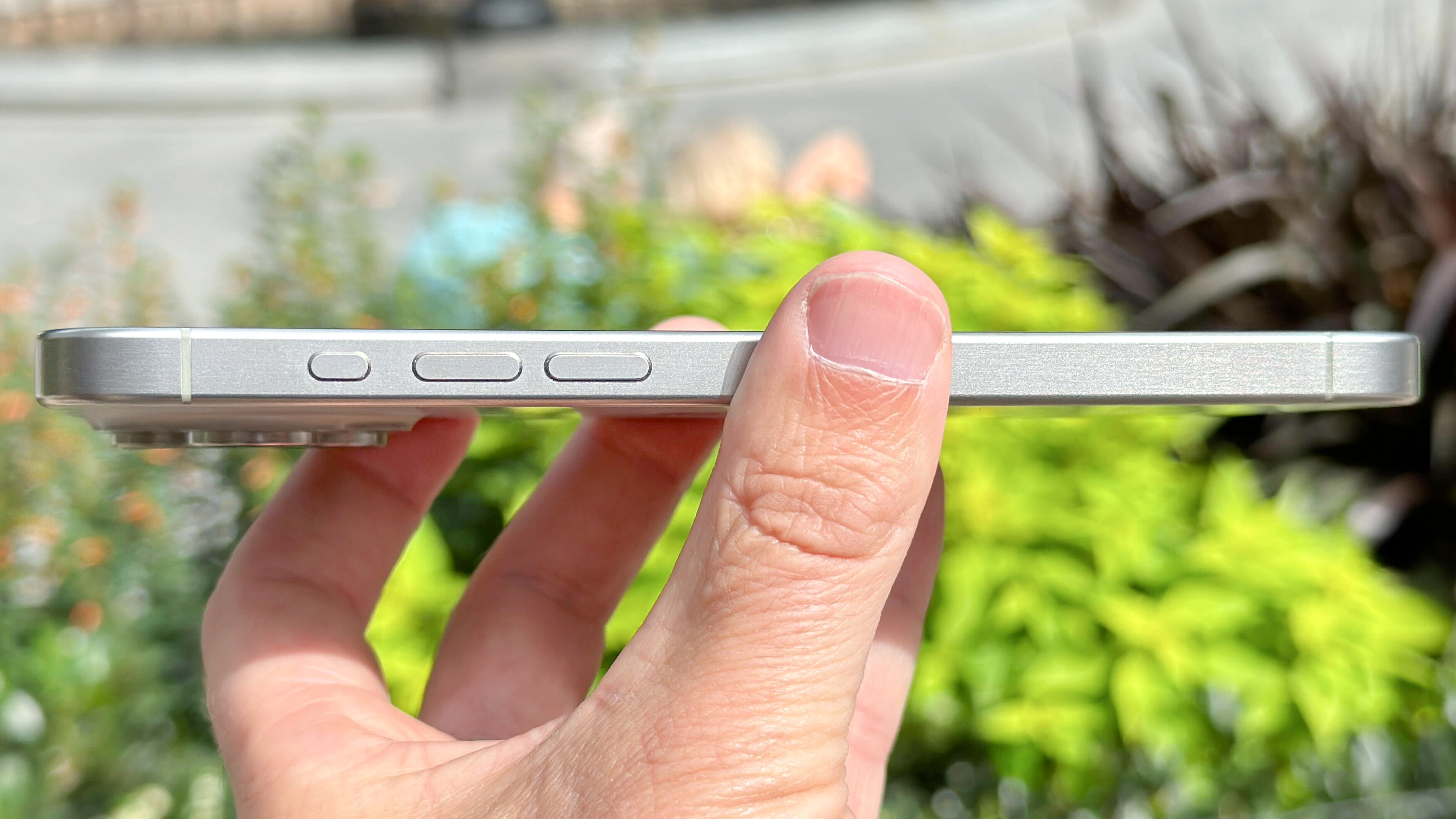
Current foldable phones have this fragility to them, which is why it’s imperative for Apple to come up with a premium design for its first foldable phone. Everything about it needs meticulous attention, but it would be even more impressive if it could be sleeker than anything else before it.
We’ve seen this already in how the OnePlus Open features a rail thin design for a foldable phone (excluding its camera hump). Although, there are challenges to overcome in getting the design thin as possible — like how big of a battery can it fit inside.
It would be nicer if Apple were to somehow incorporate many of the premium design traits of the iPhone 15 Pro and 15 Pro Max into an iPhone Flip foldable phone, like the titanium frame, but would have to trim out the fat as much as possible to make it sleeker and more lightweight.







